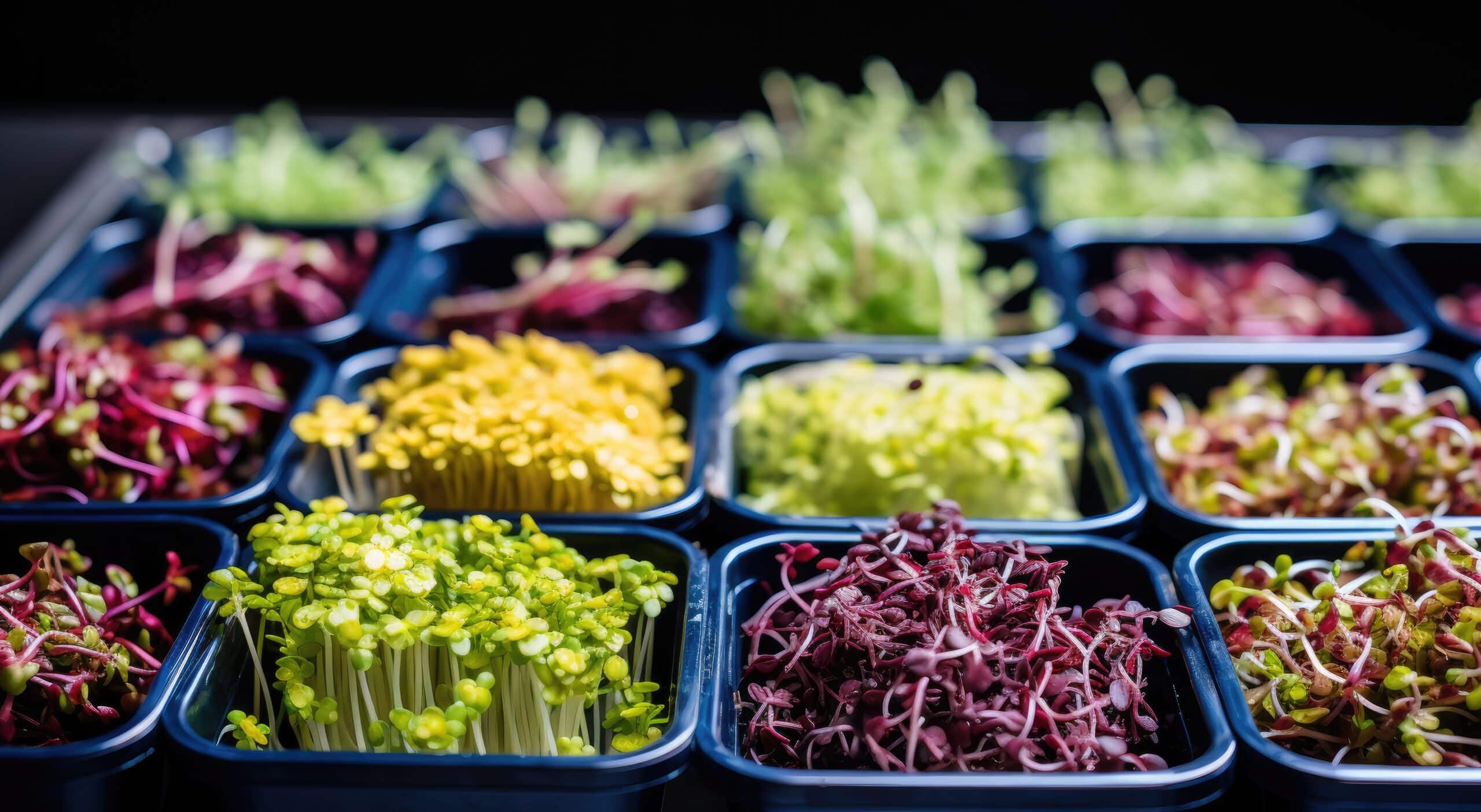What Happens if You Let Microgreens Keep Growing?
Key Takeaways
- Allowing microgreens to continue growing results in taller plants with more leaves.
- Extended growth period enhances flavor, color, and texture of microgreens.
- Not harvesting microgreens at the right time can lead to a reduction in nutritional content, loss of flavor and aroma, and increased risk of contamination from pests and pathogens.
Microgreens are young, tender, and flavorful plants that are harvested at an early stage of growth. They are packed with nutrients and are becoming increasingly popular in the culinary world. But have you ever wondered what happens if you let microgreens keep growing? Does it affect their taste, texture, or nutritional value? In this article, we will explore the effects and potential benefits of allowing microgreens to continue growing.
The Effects of Letting Microgreens Continue Growing
When microgreens are allowed to keep growing beyond their typical harvesting stage, they undergo certain changes in their development. One noticeable effect is that they become taller and develop more leaves. This prolonged growth period allows them to reach their full potential in terms of size and foliage.
In some cases, if microgreens are left to grow for an extended period, they may even produce flowers and eventually seeds. However, it’s important to note that this is not the desired outcome for most microgreen growers, as they are typically harvested before the flowering stage to ensure optimal taste and texture.
The Benefits of Allowing Microgreens to Grow Longer
Allowing microgreens to grow longer can have certain benefits, particularly in terms of flavor, color, and texture. When microgreens are given more time to develop, they start to develop their first true leaves. These leaves are larger and more mature than the initial cotyledon leaves, and they contribute to a more intense flavor profile.
The extended growth period also allows for the development of vibrant colors. Microgreens that are allowed to grow longer often exhibit more vivid hues, making them visually appealing and enhancing the overall presentation of dishes.
Another advantage of letting microgreens continue growing is the texture. Microgreens harvested at an earlier stage are delicate and tender, while those allowed to grow longer acquire a delicate yet crisp texture. This added crunch can add depth to salads, sandwiches, and other culinary creations.
The Risks of Not Harvesting Microgreens at the Right Time
While there are potential benefits to letting microgreens keep growing, there are also risks associated with not harvesting them at the right time. Microgreens are typically harvested when they have reached a specific stage of growth, known as the “cutting stage.” Harvesting at this stage ensures the best balance of flavor, texture, and nutritional content.
If microgreens are not harvested at the right time, there is a reduction in their nutritional content. The longer they grow, the more nutrients they require to sustain their development. As a result, the concentration of vitamins, minerals, and antioxidants may decrease over time.
Additionally, not harvesting microgreens at the right time can lead to a loss of flavor and aroma. Microgreens are known for their intense and concentrated flavors, but as they continue to grow, their taste may become diluted or less pronounced.
Another significant risk of not harvesting microgreens promptly is the increased potential for contamination from pests and pathogens. As the plants grow, they become more susceptible to infestations and diseases. By harvesting at the appropriate stage, growers can minimize the risk of pests and pathogens affecting the crop.
Conclusion
In conclusion, allowing microgreens to keep growing beyond their typical harvesting stage can have both positive and negative effects. On the positive side, it can result in taller plants with more leaves, intense flavors, vibrant colors, and a delicate yet crisp texture. However, there are risks involved, including a reduction in nutritional content, loss of flavor and aroma, and an increased risk of contamination from pests and pathogens.
Related Websites:
FAQs:
Q: What are the benefits of harvesting microgreens early?
Harvesting microgreens early enhances their flavor profiles and nutritional content. They are also in the ideal stage for consumption and culinary use. Determining the right time for harvesting is crucial to maximize these benefits.
Q: What happens if you let microgreens keep growing?
When microgreens are allowed to continue growing, they enter an extended growth period and undergo changes in appearance. This can impact their taste, texture, and nutritional value. Proper care and prevention of overgrowth are essential to maintain optimal quality.
Q: What are the culinary uses for overgrown microgreens?
Overgrown microgreens can still be utilized in various culinary creations. They can be incorporated into recipes such as salads, soups, stir-fries, and more. Their unique flavors and textures shine through when used in mature stages.
Q: How can overgrown microgreens be repurposed?
There are several options for repurposing overgrown microgreens. They can be composted or recycled. Additionally, they can be used as animal feed or as organic fertilizer. Finding alternative uses for mature microgreens helps reduce waste.
Q: Why is it important to harvest microgreens at the right stage?
Harvesting microgreens at the right stage ensures optimal flavor and nutritional content. It also prevents overgrowth, which can negatively affect taste, texture, and overall quality. Experimenting with both early and overgrown microgreens can unleash their versatility and potential.






